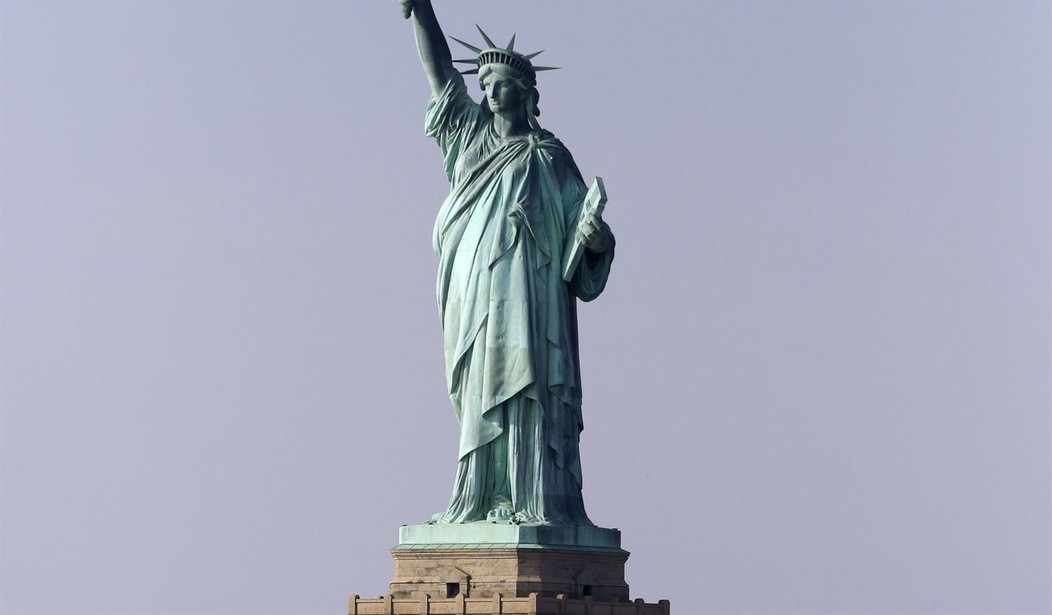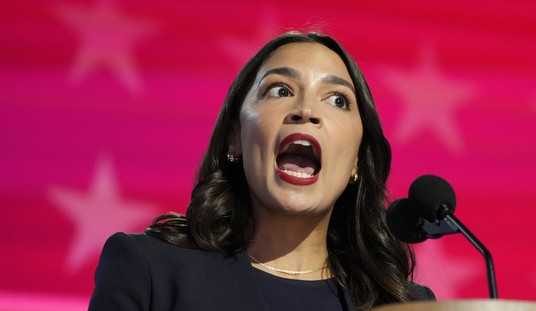Editor's note: This column was co-authored by Dr. Loyd Pettegrew.
The melting pot metaphor applies to a society where many different types of people blend together as one. A national identity bouillabaisse if you will. It is essentially an environment in which many ideas, religions and races are socially assimilated. Since its inception America has prided itself in being a melting pot. While some countries are composed of people who are almost all the same in terms of race, religion, and culture (Scandinavia, the Middle East, Asia and India come to mind), the United States is a nation of many different types of people.
This concept was recognized with the gift of the Statue of Liberty to America back in 1886. In recent years, however, it seems that the assimilation of peoples and cultures has become more of a distant memory than a present reality
After the close of the Civil War, Frederic Auguste Bartholdi was commissioned by the French government to create a statue that would commemorate the allegiance between the two countries in honor of America’s first centennial celebration of the Declaration of Independence in 1876. Work was begun by Bartholdi a year earlier and officially titled “The Statue of Liberty Enlightening the World.”
In 1892, the U.S. government opened a federal immigration station on Ellis Island, located near Bedloe’s Island in Upper New York Bay. Immigrants were greeted by the Statue of Liberty as they arrived in Ellis Island for processing. Between 1892 and 1954, some 12 million immigrants were processed on Ellis Island before receiving permission to enter the United States. Lady Liberty carries the saying: “Give me your tired, your poor/Your huddled masses yearning to breathe free/The wretched refuse of your teeming shore/Send these, the homeless, tempest-tost to me/I lift my lamp beside the golden door!”
Now some 124 years later, many Americans are wondering if we remain a melting pot or if we have become simply an incoherent mosaic of difference. If we have departed from our early melting pot ambition and identity, it is because many of our most prominent politicians have promoted societal, cultural and religious division to advance their own political careers over the best interest of the nation. Bi-lingual K-12 education is but an example.
Recommended
This purposeful fracturing of American society for political gain was plainly evident in the Democratic Presidential Primary in South Carolina on February 25, 2020, as presidential candidates groveled for the black vote before Super Tuesday. Tom Steyer even went so far as to claim he was the only candidate on stage in favor of reparations for the black population. He also proposed the establishment of a race commission to retell the story of discrimination and injustice towards African-Americans. It is hard to imagine the political, social and cultural chaos that would surround efforts to enact such legislation. Nonetheless, each candidate seized their opportunity to convince the listening audience why they were the best candidate to represent the black population despite South Carolina being a melting pot, like America.
Each candidate similarly courted the Hispanic vote in Nevada. The identity of an American electorate seems to be blindly lost in the fervor for tribal voting blocs. The two largest minority voting blocs are firmly rooted in race and culture. Consequently, you have the political promises and pandering. Since the civil rights movement in the 1960s, democrats and the left have perpetuated a social tension between minority groups, which are quickly approaching a majority level, and Caucasian populations as a political lever to garner support for federal social programs which disproportionately benefit those minority groups. This in turn increases their appeal to those same groups. The loser in these divisive tactics are the American middle class taxpayers. The one candidate who seems to advocate most often for an all-inclusive American electorate is President Donald Trump. He believes that the best way to realize the benefits of a true blending melting pot is a prosperous economy for all groups.
Many citizens and the MSM like to spin the narrative that the 2016 election was stolen from former secretary of state Hillary Clinton by a coarse, pugnacious and decidedly unpresidential Donald Trump. On the other hand, others believed that Hillary and the Clinton Family Foundation would represent the creation of a Clinton political royalty, even a new type of monarchy, a form of government we freed ourselves from during the Revolutionary War. Never mind the fact that she had committed felonious acts like lying to the government about her private email server kept in her home, her bleach-biting government files from said server and lying about the attack on and death of America’s Ambassador in Benghazi. Worse, the Clinton Foundation’s ties to unsavory foreign actors was anathema to our federalist form of government and idea of a true American melting pot.
Pew Research documents that there are nearly 11 million illegal immigrants in our country. Unlike previous years, many are actual family units, not individuals. Some believe this is good for America and support open borders. Others believe America has both a right and obligation to control who enters our borders and that our safety is at risk with unbridled illegal immigration. The reality of the immigration issue is that the United States economy simply cannot afford open borders. The flood of immigrants from Latin and South America, and quite possibly elsewhere, will overwhelm the social safety network programs that the Democrats and the left are so willing to extend to them to further expand and consolidate their political base.
At the heart of this issue is whether America continues to be a melting pot or becomes a mosaic dystopia. These diametrical views are not insignificant and are critical for our nation’s continued success.
























Join the conversation as a VIP Member